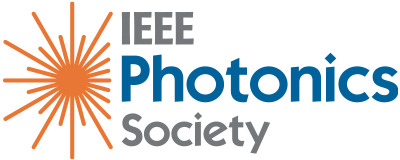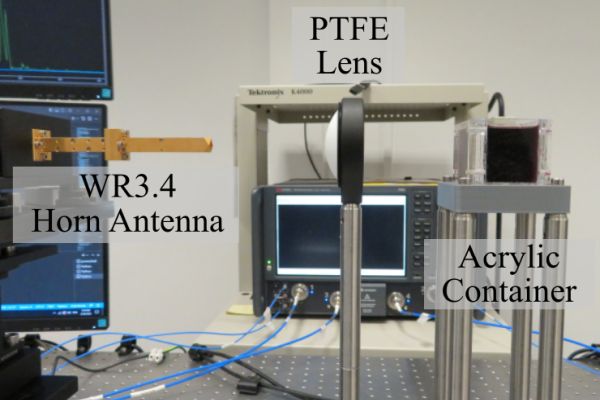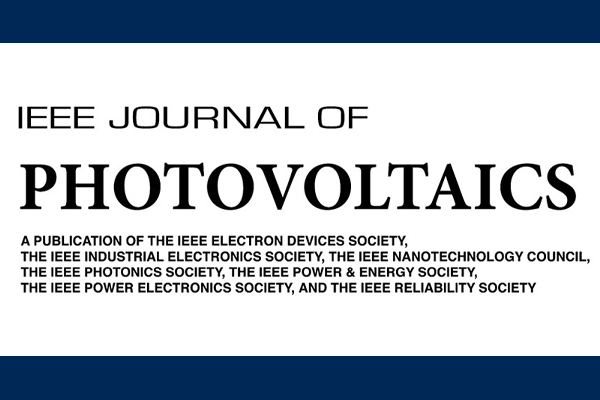According to Our Terahertz Coherence Tomography, that’s an Alcoholic Beverage you are Carrying, Sir.

Adelaide, Australia 2023, A new study in IEEE Journal of Selected Topics in Quantum Electronics: Terahertz Coherence Tomography for In-Container Liquid Characterization, shows that liquids inside containers can be examined for the presence of a particular substance, in this case ethanol. Mixtures of water, ethanol, and juice, the principal components of common alcoholic beverages were evaluated and a sensitivity to ethanol content below 0.4% v/v was recorded, on par with what is achievable with today’s sophisticated and costly terahertz systems. The team’s technique can reduce the bulk and cost-effectiveness of non-destructive terahertz evaluation systems while maintaining the same level of effectiveness.
The largest commercial market for such a system: is transportation safety scanning. (Think airlines.)
Modern security screening incorporates a range of electromagnetic techniques for rapidly evaluating cargo and passengers. Typically, microwave and millimeter wave scanners are used to detect metallic objects on passengers. However, their long wavelengths make localization difficult. This is why you get scanned with a wand if you fail the hands-over-your-head millimeter wave scan.
Simultaneously, personal luggage is probed with X-rays, but this high-resolution technique is limited to objects as the ionizing radiation poses a risk to passengers. Further once a detection is made, chemical and spectroscopic techniques are employed to analyze anomalous substances where a simple determination cannot be made. Adding to this symphony, in recent years terahertz technologies have been proposed to fill this gap between millimeter waves and X-rays.
Terahertz technologies provide unique opportunities for due to their sub-millimeter wavelength, penetration of many common materials, and non-ionizing properties. Terahertz technologies refer to devices which make use of electromagnetic waves with frequencies in the range of 100 GHz to 10 THz, corresponding to wavelengths between 3 mm and 30 m. (See Figure above) With wavelengths smaller than those of millimeter-wave scanners, these technologies offer a resolution advantage, being able to achieve resolution below the millimeter scale. At the same time, terahertz waves contain far lower energy than X-rays ensuring that they are non-ionizing, yet maintaining the ability to penetrate many common non-metallic, dry materials, which are optically opaque.
Recent advances in semiconductor and material sciences have opened the door to new possibilities for terahertz generation and detection. Frequency multipliers, resonant tunnelling diodes, and uni-travelling carrier photo-diodes all offer pathways towards frequency-tunable terahertz sources. Diode and bolometric detectors can be integrated into vast arrays to form cameras, capable of rapid detection. However, these detection methods do not offer the same comprehensive descriptions of the signal – the phase information is absent in this case.
However, until recently the most effective methods for realizing this potential relied upon ultra-fast pulsed laser systems which give comprehensive responses of the target. With access to the phase information, reflections arising from multiple layers can be separated, allowing the system to see through obstacles. These systems, though relatively mature, have not seen widespread adoption by the industry due to the significant cost. So there is a desire for more cost-effective solutions. This explains the excitement over the successful experiments of the University of Adelaide team. See the Figure below for their experimental setup.

H. Lees, C. Hayes and W. Withayachumnankul, “Terahertz Coherence Tomography for In-Container Liquid Characterization,” in IEEE Journal of Selected Topics in Quantum Electronics, vol. 29, no. 5: Terahertz Photonics, pp. 1-8, Sept.-Oct. 2023, Art no. 8600
Media Contact Details: Kristen Amoroso
IEEE Photonics Society
445 Hoes Lane, Piscataway, NJ 08854
k.amoroso@ieee.org





